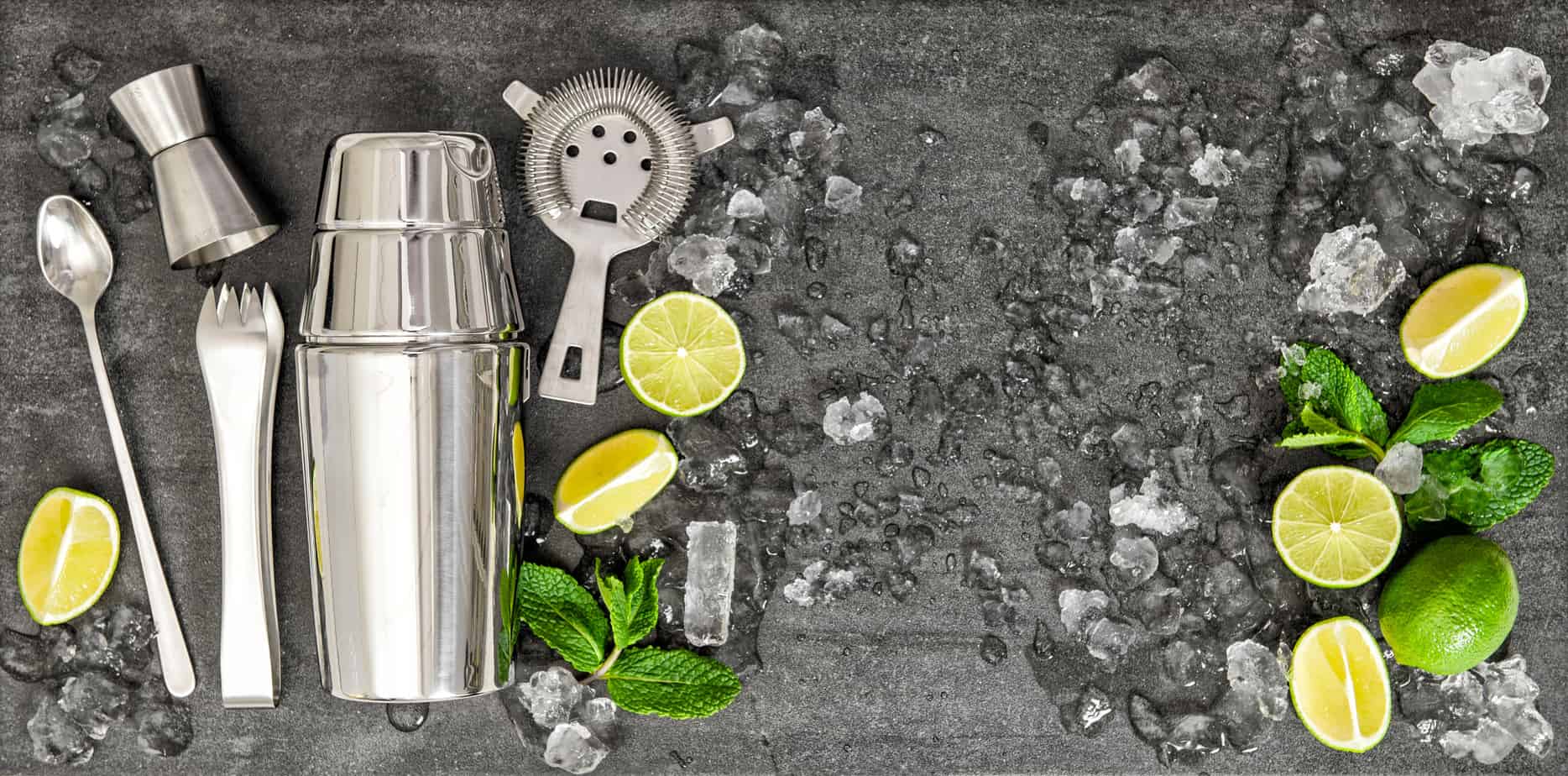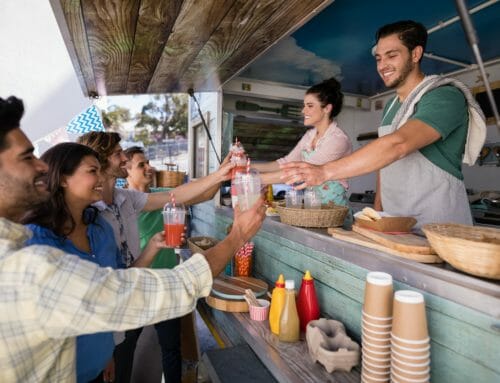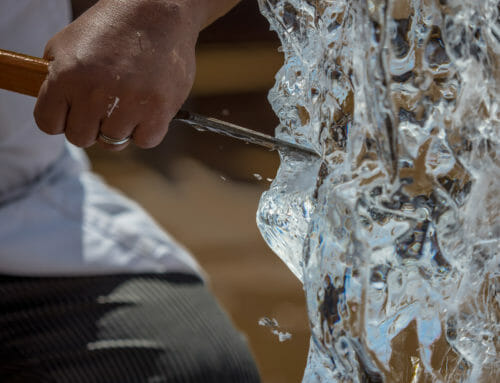There is never a bad time to throw a cocktail party. “What makes a great cocktail?” you may ask. Truth be told, the crucial ingredient in almost all cocktail drinks is ICE.
Quality ingredients mixed in the right proportions and served at the right temperature, as well as the perfect garnish and the right glassware are all important—but without ice, your carefully crafted concoction can easily turn from exquisite to awkward.
Ice does more than keep our drinks chilled. As it melts, it becomes part of the mix. A properly prepared ice can make or break a drink. Ice is as important as freshly-squeezed fruit juices and quality liquors in any cocktail—it therefore deserves the attention it’s not getting.
Here’s a short brush up on the history of ice, and how it became the most important ingredient in modern cocktail culture:
Ice Used to be as Expensive as Precious Jewels
Ice was a rarity for many centuries and a luxury reserved for the wealthy. Europeans needed to endure long arduous journeys to the alps to find ice and transport it back via donkey. Ice dilutes alcoholic drinks and makes them more palatable or pleasing to the taste buds. But drinks were mostly served warm during the early 19th century, thus, one would get no more than 3 ounces per serving.
The Boston-hailed businessman Frederic Tudor, aptly nicknamed as The Ice King, revolutionized the ice trade in 1806 by harvesting ice blocks from New England’s lakes. After suffering from huge financial losses when most of his ice melted during voyages, his business bounced back by making better ice packaging and using sawdust to insulate his ice products.
When Tudor died in 1864, the Americans and Europeans had already developed a taste for icy-cold drinks. Jerry Thomas’ book, The Bartender’s Guide, was also published the same year. The modern cocktail culture could never thrive without these pioneers of ice.
The Basic Types of Ice and Their Uses
Ice Cubes — this multi-purpose form of ice can be used for all types of mixing. Cubes don’t easily melt, thanks to their large surface area, and cause less dilution of beverages. Prepare bigger cubes if you require slower dilution. They are popular in sodas, juices, and cocktail drinks on the rocks.
Shaved Ice — this finely crushed ice is a staple in fountain soda machines. Non-alcoholic drinkers love them in slushies and frappes.
Cracked Ice — bagged ice from convenient stores is cracked to make frozen drinks in a blender because cubes are not blade friendly. Cracked ice is ideal for making frozen daiquiri and margaritas.
Ice Ball — carving ice balls is a cool trend popularized by Japanese mixologists. Ice ball whisky is Japan’s alternative version of whisky on the rocks. The Japanese people typically drink their whisky the “Mizuwari” way, in a glass filled with ice. Serving whisky ice balls in Japan follows a sort of ritual with several stages—starting from ice ball carving to the pouring of whiskey on top of the ball—done several times to homogenize the temperature.
Tips in Making Great Ice and Even Better Cocktails:
- Always use fresh cubes by rotating new and older ice cube trays in the freezer. Ice that was stored for a long time will pick up the flavors of frozen products near them. Keep your ice trays away from fish and meat unless you want a meat-flavored drink.
- Clear cubes indicate purity. Avoid using cloudy ice cubes because oxygen bubbles and impurities trapped in the ice make the cube appear cloudy. Impurities transfer unwanted flavor to your drinks and oxygen can make your cubes melt quicker.
- Large ice spheres have more surface area than large cubes, making them a great choice for cocktails.
- Hot water makes better ice. Boiled and distilled water is best. Hot water also freezes more slowly, producing clear and smooth ice. Cold water chills quickly and produces brittle ice with lots of air bubbles trapped inside.
- Never keep your spirits in the freezer. Proper dilution can only be achieved if the spirit is served warm enough to melt the ice.







Leave A Comment